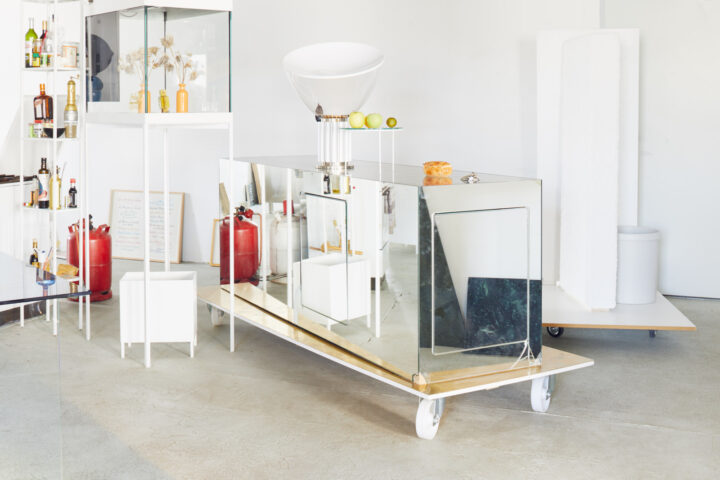A Bar at the Folies-Bergère
She stands indifferent in a crowded room. She works as a waitress at the bar of the most famous palace of pleasure of Europe, the Folies-Bergére, whose name refers to the latin term “folia”, used during the eighteenth century to denote a country house hidden by leaves where it was possible to dedicate freely to diverse occupations. Only the large mirror behind her tells us where we are, but at the same time, the only solid realities are the marble bar top and the objects placed on it – crème de menthe, champagne, beer, a bowl of oranges and a vase with two flowers. The perspective and optic rules are off creating a inconsistency to the relationship between the reflections in the mirror and possible realities. The reflected interior is composed by different parts of the building that are in reality not together. Manet, unlike his contemporaries, was not interested in classical antiquity but sought to objectively describe the trivial reality of his time. We intend to “look to the past to inform the present” as we look ourselves in the mirror, building a 1:1 model of the real elements of the painting, the bar surface and the objects. The model creates the scene using Manets´ mirror strategy, reducing the marble materiality to a surface without thickness or weight. It sits oblique on the plinth recreating the painting’s perspective. The interior of the the GAR Hall becomes the reinterpretation of the interior of the painting, and the audience of the Chicago Architecture Biennal 2017 repopulates it and its pleasures.


